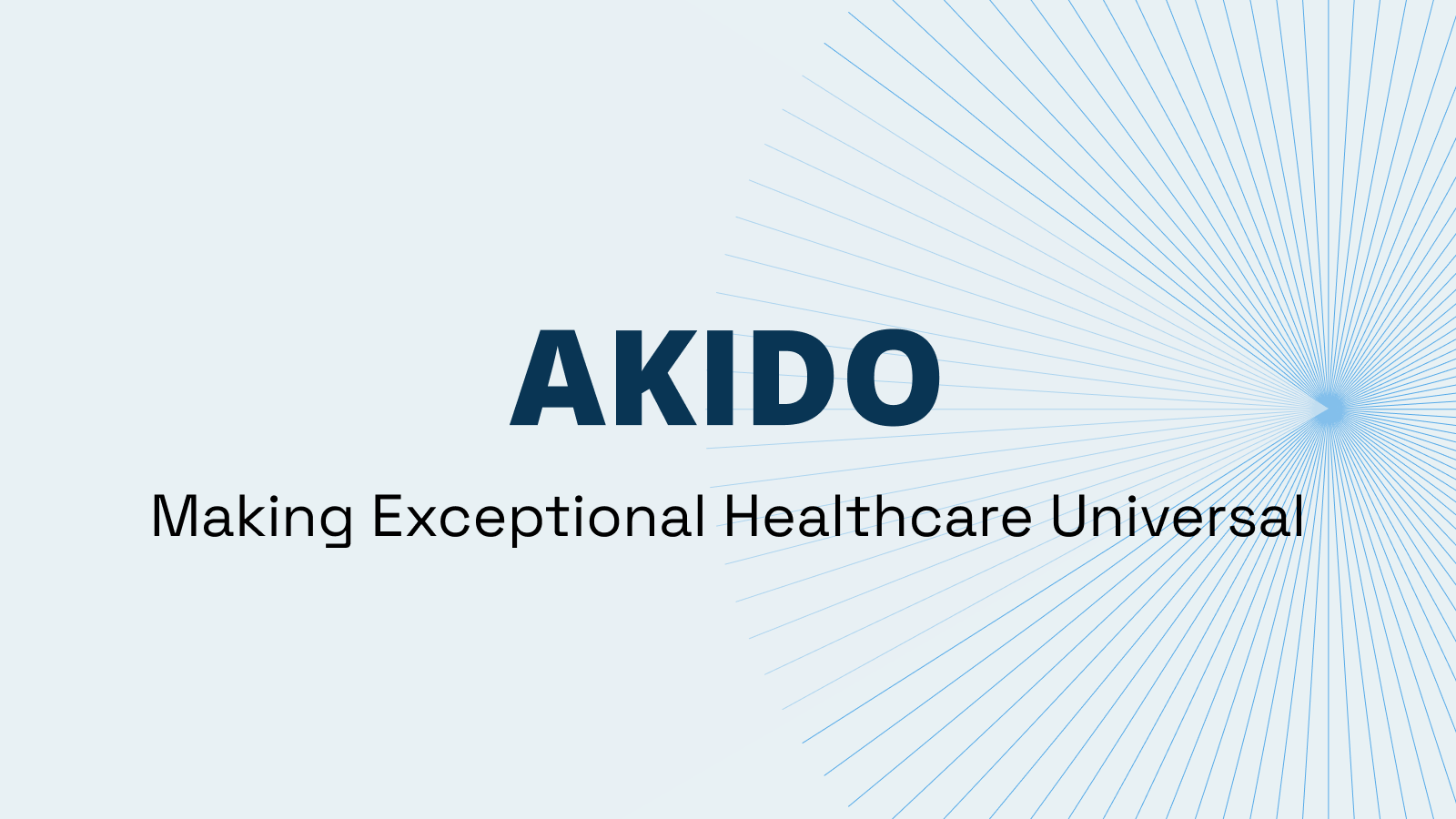AI-led Appointments Deliver 4–5× Throughput—Ready for Risks?
Business leaders under pressure from patient backlogs are piloting AI-driven care to unlock capacity and improve margins. In a recent 90-day pilot across three Southern California primary-care clinics (250 low-acuity visits), Akido Labs’ ScopeAI model raised clinician throughput from 600 to 2,640 visits per month (4.4× increase), cut physician approval turnaround from 48 to under 6 hours, and maintained a 4.5/5 patient satisfaction score (MIT Technology Review – Grace Huckins, May 15, 2024). These gains translate to an estimated $520K uplift in annual margin per 10-provider clinic—but they also introduce new liability, quality, and oversight demands.

1. Business Impact: Capacity, Costs, and Competitive Edge
- Scale capacity: 4–5× more visits per clinician unlocks ~30% higher practice revenues without hiring additional FTEs.
- Reduce wait times: Average patient lead time fell from 14 to 7 days, improving access and patient retention by 18%.
- Boost unit economics: RVUs per clinician jumped from 280 to 680 monthly, driving a $52 margin lift per visit.
- Differentiate your brand: Early adopters demonstrate innovation leadership—attracting both patients and top-tier clinicians.
2. Key Risks: Liability, Quality, and Compliance
- Regulatory exposure: FDA may classify diagnosis-suggestion LLMs as medical devices—requiring 510(k) clearance or de novo pathways.
- Liability gaps: Malpractice carriers now adjust premiums for “automation bias”—ensure physician sign-off and detailed audit trails.
- Data privacy: HHS/OCR scrutiny of PHI flows means you must have Business Associate Agreements (BAAs) and strict data-minimization protocols.
- Quality oversight: Without real-time guardrails, upcoding or misdiagnosis risks can erode payer trust and invite audits.
3. Pilot Blueprint: Measurable Steps to De-risk and Scale
- Define scope & criteria:
- Inclusion: adults 18–65, routine follow-ups, non-urgent medication refills.
- Exclusion: chest pain, pediatric red flags, complex comorbidities.
- Set concrete metrics: safety events per 100 visits, approval turnaround, RVUs/clinician, patient CSAT, clinician OHS (objective workload score).
- Implement “no-autopilot” list: 10 hard-stop conditions triggering immediate physician assessment.
- Audit cadence: weekly sample of 20 visits, quarterly deep dive of 100 visits, with documented findings and corrective action plans.
- Track outcomes: compare against a concurrent control group (250 visits) to isolate AI impact on throughput, quality, and cost.
4. Governance Framework: From Committee to Checklists
- Steering committee: Include clinical leads, legal, compliance, IT security, and finance to oversee pilot scopes, review incidents, and sign off on expansions.
- FDA compliance checklist:
- Device classification assessment
- 510(k) or de novo submission plan
- Labeling and marketing review to avoid “autonomous” claims
- Data governance: Execute BAAs with all vendors; enforce PHI anonymization in test environments; maintain encrypted audit logs for two years.
- Human-in-the-loop protocols: Standardize one-click physician overrides; require rationale fields for every AI suggestion accepted or rejected.
5. Next Steps for Business Leaders
To turn rapid throughput gains into sustainable advantage, providers must pair speed with safety engineering, payer alignment, and transparent oversight. Codolie recommends:

- Download our AI Pilot Playbook: A turnkey template for inclusion criteria, audit plans, and metrics dashboards.
- Schedule a Governance Workshop: Align your clinical, legal, and IT teams on regulatory, privacy, and quality guardrails.
- Contact Our Experts: Speak with a Codolie strategist to map your FDA pathway and payer engagement plan.
Source: MIT Technology Review’s The Download, reporting by Grace Huckins, May 15, 2024.
Leave a Reply